Discover the Secrets to Choosing the Perfect Pashmina Shawl: A Beginner's Guide
Discover the Secrets to Choosing the Perfect Pashmina Shawl: A Beginner's Guide
Pashmina shawls are a timeless fashion accessory that have been around for centuries. Known for their luxurious feel and exquisite beauty, Pashmina shawls are a must-have for any fashion-forward individual. But with so many options available, choosing the perfect Pashmina shawl can be overwhelming, especially for beginners. In this beginner's guide, we will be uncovering the secrets to selecting the best Pashmina shawl for you.
First and foremost, it is important to understand what Pashmina is. Pashmina wool is a type of fine wool obtained from the undercoat of the Pashmina goat, which is native to the high altitude regions of the Himalayas. It is known for its soft, lightweight and warm qualities, making it perfect for making shawls, scarves, and other fashion accessories. Pashmina and Cashmere are often used interchangeably, but they are not the same thing. Both Cashmere and Pashmina are luxurious and soft fibers that offer warmth and comfort, but Pashmina is a more premium product due to its finer quality and higher cost.
The type of wool is an important factor to consider when choosing a Pashmina shawl. Pure Pashmina shawls are made from 100% Pashmina wool, whereas blend Pashmina shawls are made from a mixture of Pashmina wool and other fibers. Pure Pashmina shawls tend to be more expensive than blend Pashmina shawls, but they are worth it for the luxurious feel and quality. When choosing a Pashmina shawl, it is important to look for one that is made from 100% pure Pashmina wool.
The weaving technique is another important factor to consider when choosing a Pashmina shawl. The most common weaving techniques for Pashmina shawls are hand-woven and machine-woven. Hand-woven Pashmina shawls are made by skilled artisans using traditional weaving techniques, making each shawl unique and one-of-a-kind. Machine-woven Pashmina shawls, on the other hand, are mass-produced and are often less expensive than hand-woven Pashmina shawls. When choosing a Pashmina shawl, it is important to consider the weaving technique, as it will affect the quality and feel of the shawl.
The design of the Pashmina shawl is also an important factor to consider. Pashmina shawls come in a wide range of designs, from solid colors to intricate patterns. When choosing a Pashmina shawl, it is important to consider the purpose for which it will be used. For example, if you are looking for a Pashmina shawl for a special occasion, such as a wedding, then you may want to choose one with an intricate design. On the other hand, if you are looking for a Pashmina shawl for everyday use, then a solid color may be a better choice.
Finally, it is important to consider the care and maintenance of your Pashmina shawl. Caring for your Pashmina shawl is important to preserve its quality and longevity.
Pashmina shawls are a timeless fashion accessory that have been around for centuries. Known for their luxurious feel and exquisite beauty, Pashmina shawls are a must-have for any fashion-forward individual. But with so many options available, choosing the perfect Pashmina shawl can be overwhelming, especially for beginners. In this beginner's guide, we will be uncovering the secrets to selecting the best Pashmina shawl for you. From the type of wool to the weaving technique, we will be covering everything you need to know to make an informed decision.
The first thing to consider when choosing a Pashmina shawl is the type of wool. Pashmina wool is a type of fine wool obtained from the undercoat of the Pashmina goat, which is native to the high altitude regions of the Himalayas. It is known for its soft, lightweight and warm qualities, making it perfect for making shawls, scarves, and other fashion accessories. Pashmina and Cashmere are often used interchangeably, but they are not the same thing. Cashmere is a type of wool obtained from the Cashmere goat, whereas Pashmina is obtained from the Pashmina goat. Pashmina is considered to be finer and softer than Cashmere, making it a luxury item.
The second factor to consider is the weaving technique. There are two main weaving techniques used to make Pashmina shawls: hand-woven and machine-woven. Hand-woven Pashmina shawls are made by skilled artisans using traditional techniques, and they tend to be more expensive. Machine-woven Pashmina shawls are made using modern machinery, and they are generally less expensive. Hand-woven Pashmina shawls tend to be of higher quality and have a more authentic look and feel, but machine-woven Pashmina shawls are more readily available and can be a good option for those on a budget.
The third factor to consider is the design. Pashmina shawls come in a variety of designs, from solid colors to intricate patterns. When choosing a design, consider the occasion for which you will be wearing the shawl and your personal style. If you are looking for a shawl to wear to a special occasion, consider choosing a design with a more intricate pattern. If you are looking for an everyday shawl, a solid color may be a better option.
The final factor to consider is the purpose of the shawl. Are you looking for a shawl to wear for warmth, or are you looking for a fashion accessory? If you are looking for a shawl for warmth, consider choosing a shawl made from pure Pashmina wool, as it is known for its warm qualities. If you are looking for a fashion accessory, consider choosing a shawl made from a blend of Pashmina and silk, as it is known for its luxurious feel and shine.
Pashmina shawls are a type of fine woolen shawl that originated in the Kashmir region. However, the weaving of Pashmina shawls has developed regional variations in different parts of the world. In Kashmir, traditional Pashmina shawls are hand-woven using the finest Pashmina wool and are known for their intricate designs and delicate texture. In Nepal, Pashmina shawls are also hand-woven, but the weaving style and patterns are unique to the region. In Tibet, Pashmina shawls are made from thicker, coarser wool and feature bolder designs, reflecting the cultural influences of the region. Despite these regional variations, Pashmina shawls remain a symbol of luxury and elegance worldwide.
Caring for your Pashmina shawl is important to preserve its quality and longevity. Pashmina shawls should be hand-washed or dry-cleaned, as they cannot be machine-washed.
- Store Pashmina shawls carefully: Fold and store your Pashmina shawl in a cool, dry place, away from direct sunlight, heat, and moisture.
- Handle with care: Pashmina shawls are delicate, so handle them gently and avoid pulling or tugging on the fibers.
- Clean with caution: Pashmina shawls are best cleaned by a professional cleaner. If you must wash it yourself, do so by hand using a mild soap and lukewarm water.
- Avoid harsh chemicals: Avoid using harsh chemicals, such as bleach or alcohol, on your Pashmina shawl as they can damage the fibers.
- Use a shawl protector: Store your Pashmina shawl in a shawl protector to protect it from dust and moths. This will help to keep it in good condition for many years to come.




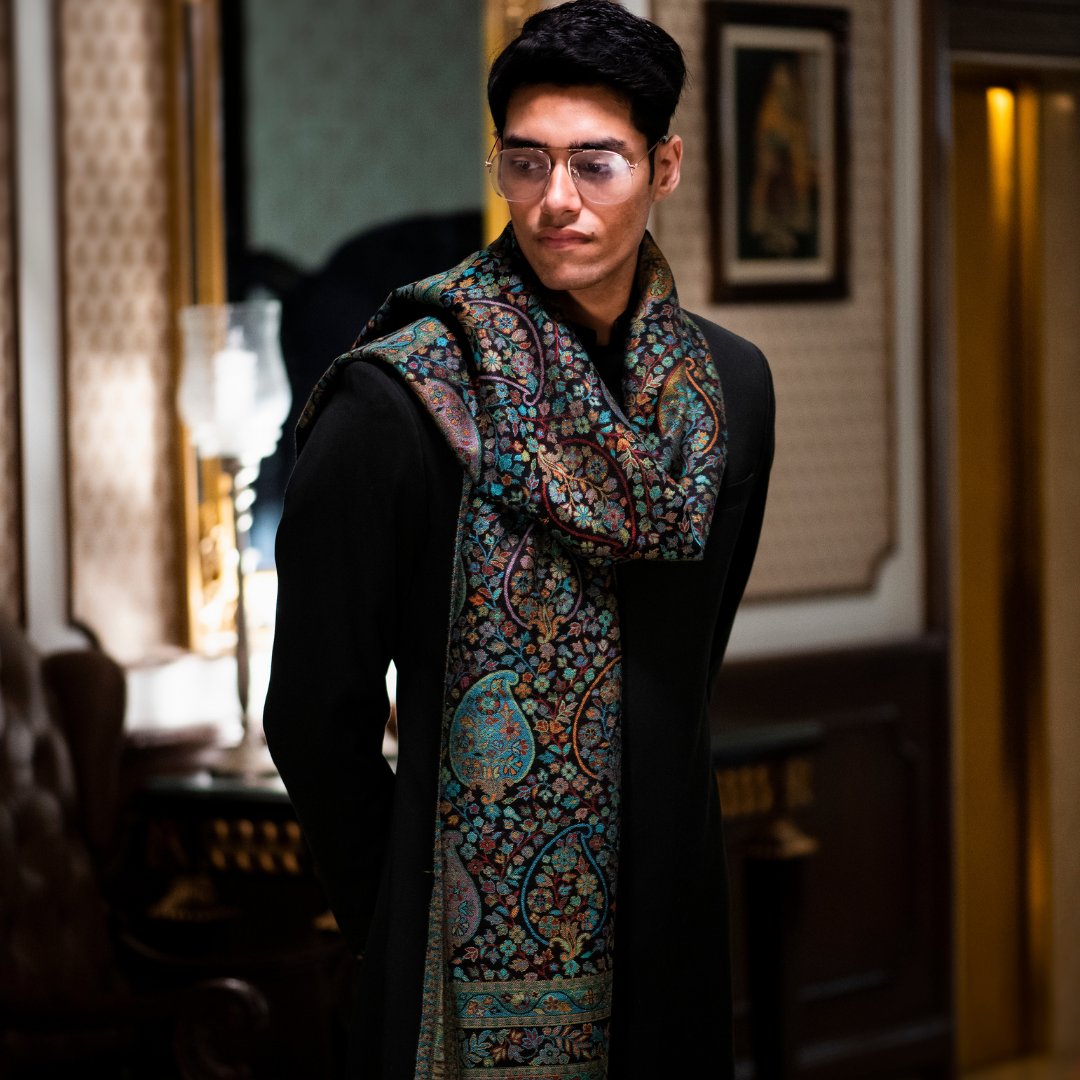
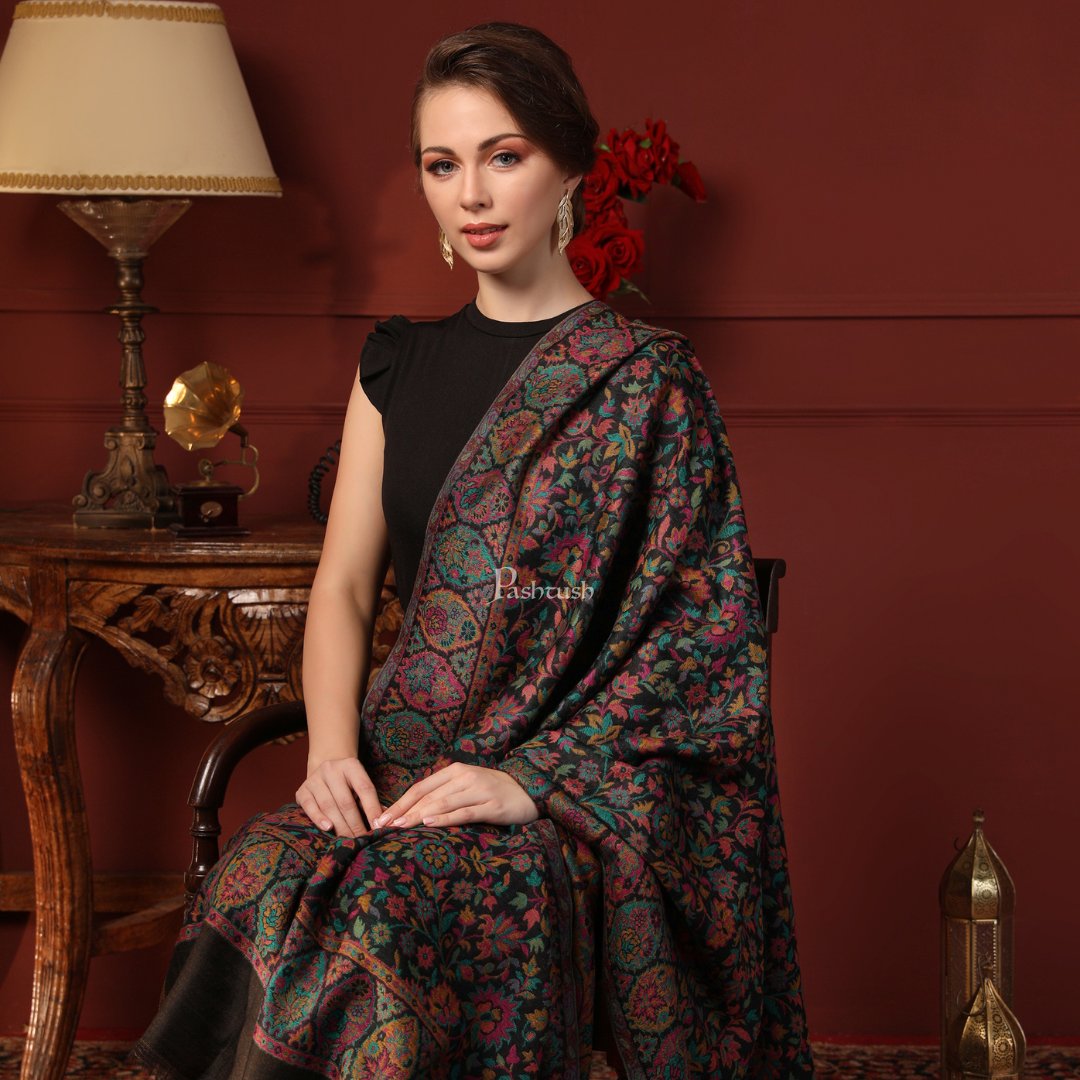
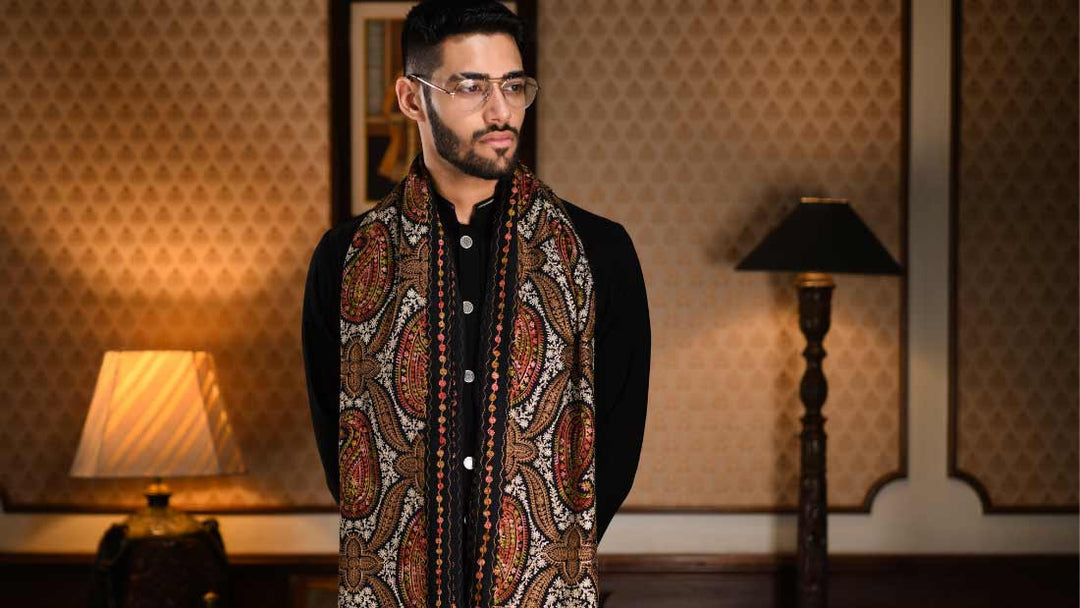
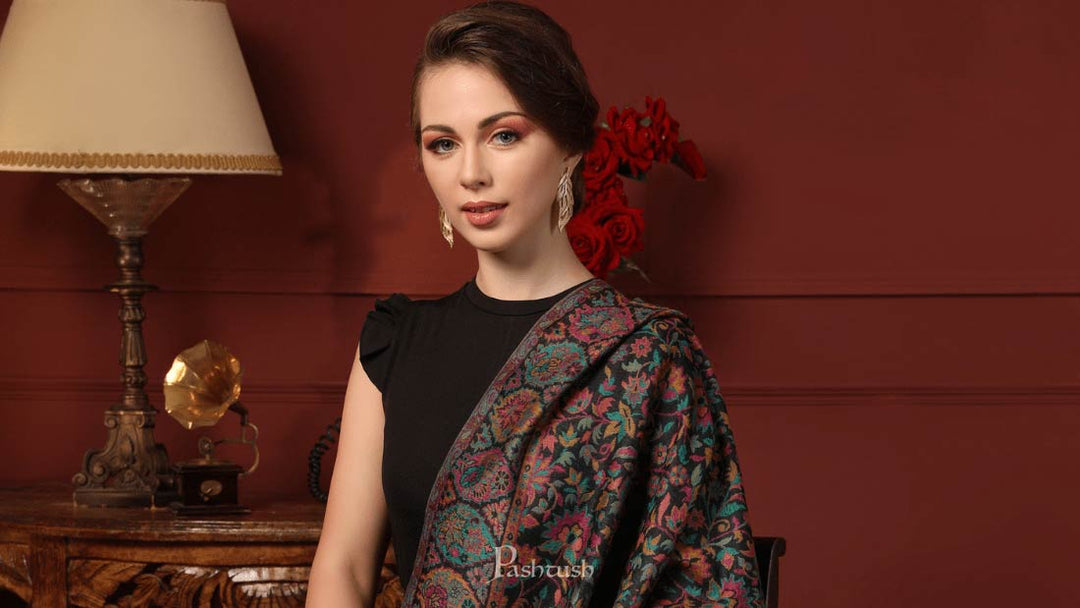
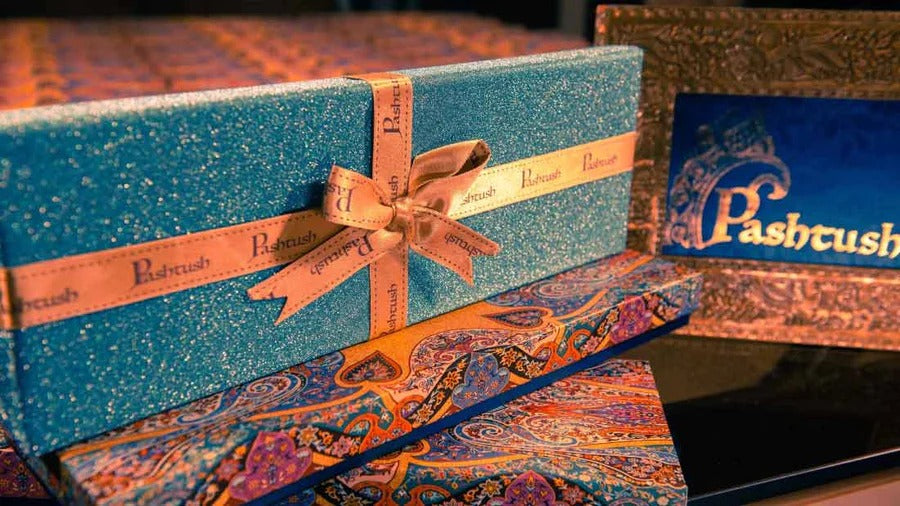
Leave a comment